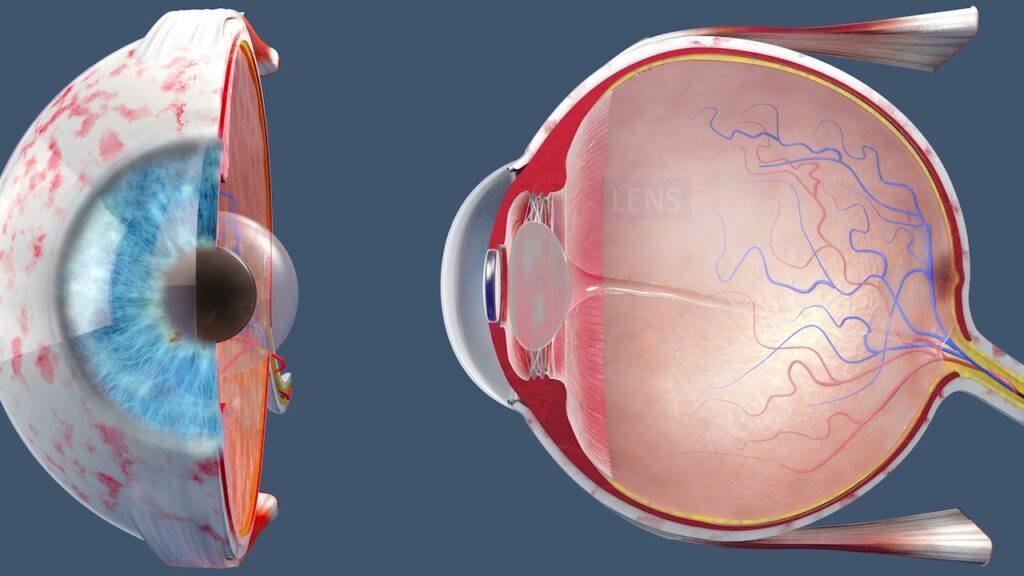Morris Waxler PhD.
FDA’s chief scientist in charge of the clinical trials research for laser eye surgery, popularly known as LASIK.
Long term effects reported
- Chronic Dry Eye*
- Unrelenting Eye Pain
- Visual Distortions*
- Depression & Anxiety
- Ectasia (loss of corneal structural integrity, resulting in a bulging cornea with associated vision loss which is not correctable with eyeglasses or soft contact lenses.)
The following outline summarizes LASIK risks that must be conveyed to the public
- Safety problems (risks)
- Adverse event percentages
- Persistent adverse events, including dry eyes and night vision difficulties: >20%
- Other problems: >1%
- Sight threatening thinning and bulging of the cornea (keratectasia): at least 0.66%
- Permanent pathology in cornea
- LASIK flap
- Never heals
- May be accidentally dislodged for the rest of a patient’s lifetime
- Mechanical strength of post-LASIK cornea only ~2% strength of normal cornea (this is specifically the flap interface)
- Progressive loss of corneal cells for years after LASIK
- Corneal nerve damage never fully recovers
- LASIK flap
- Types of adverse events to expect
- Glare, halos, dry eye and compromised night driving
- Permanent loss of contrast sensitivity
- Unstable vision
- Permanent corneal haze
- Permanent dry eye
- Night time vision permanently impaired
- Vision improvements from LASIK will likely decline with age
- May require corneal transplant, expensive special hard contact lenses, or cross-linking treatment due to thinning and bulging of the cornea
- Extreme light sensitivity
- Potential future eye problems
- Undiagnosed glaucoma
- Poor outcome from cataract surgery
- Adverse event percentages
- Benefits (effectiveness) – about 43% of LASIK cases may have temporary freedom from wearing spectacles or contact lenses

